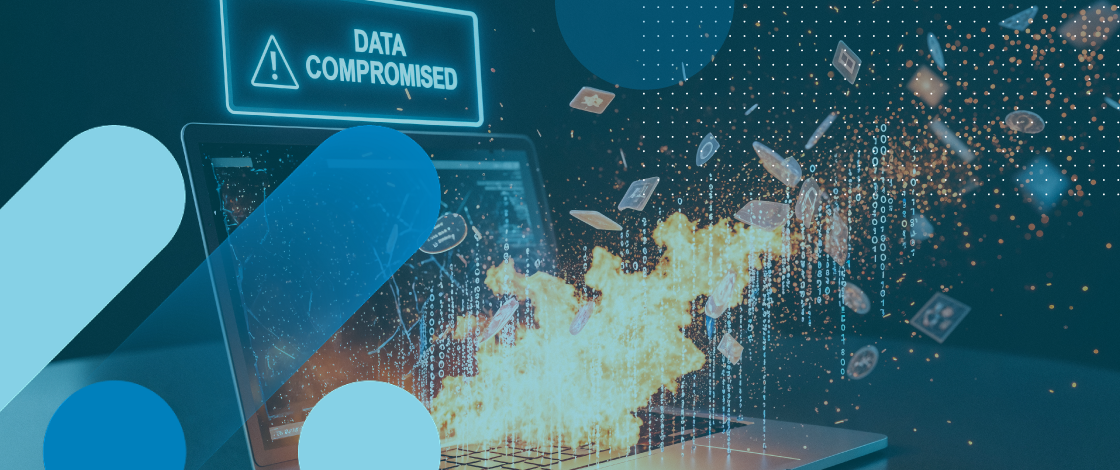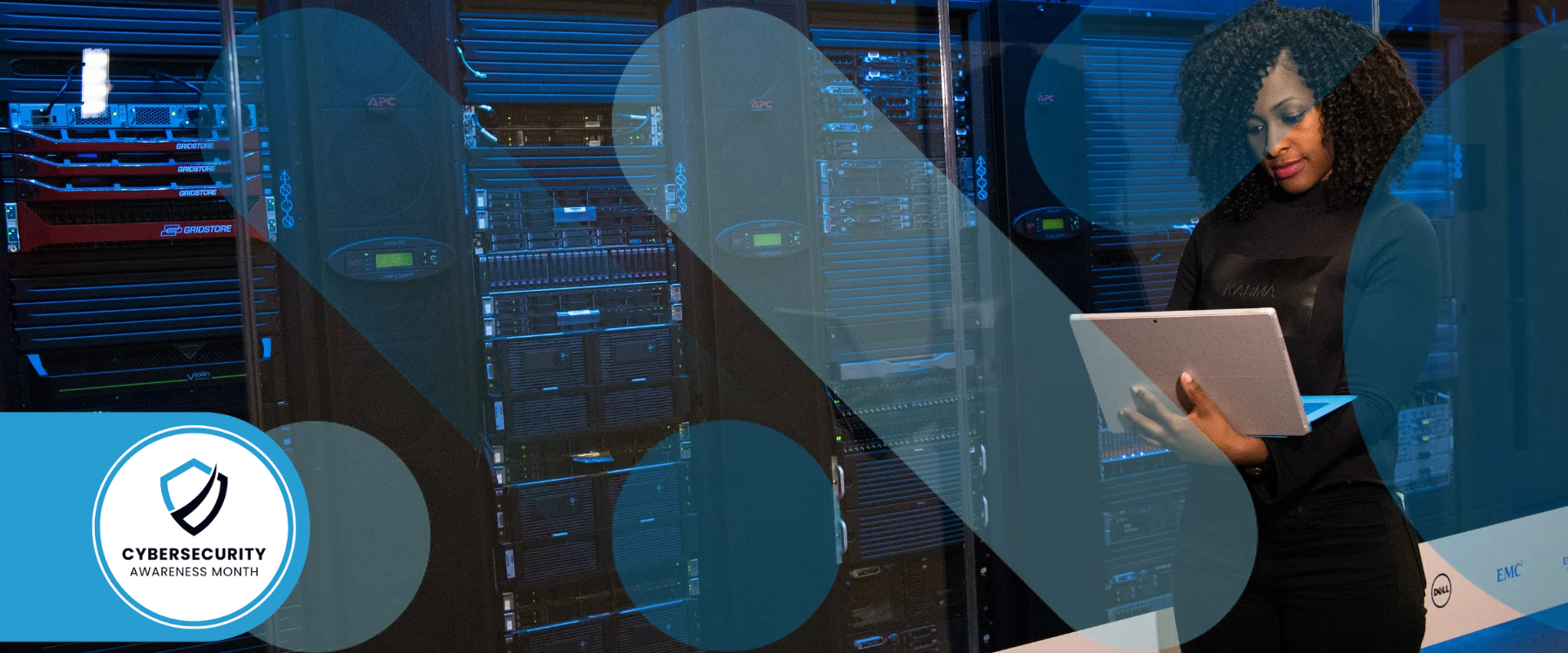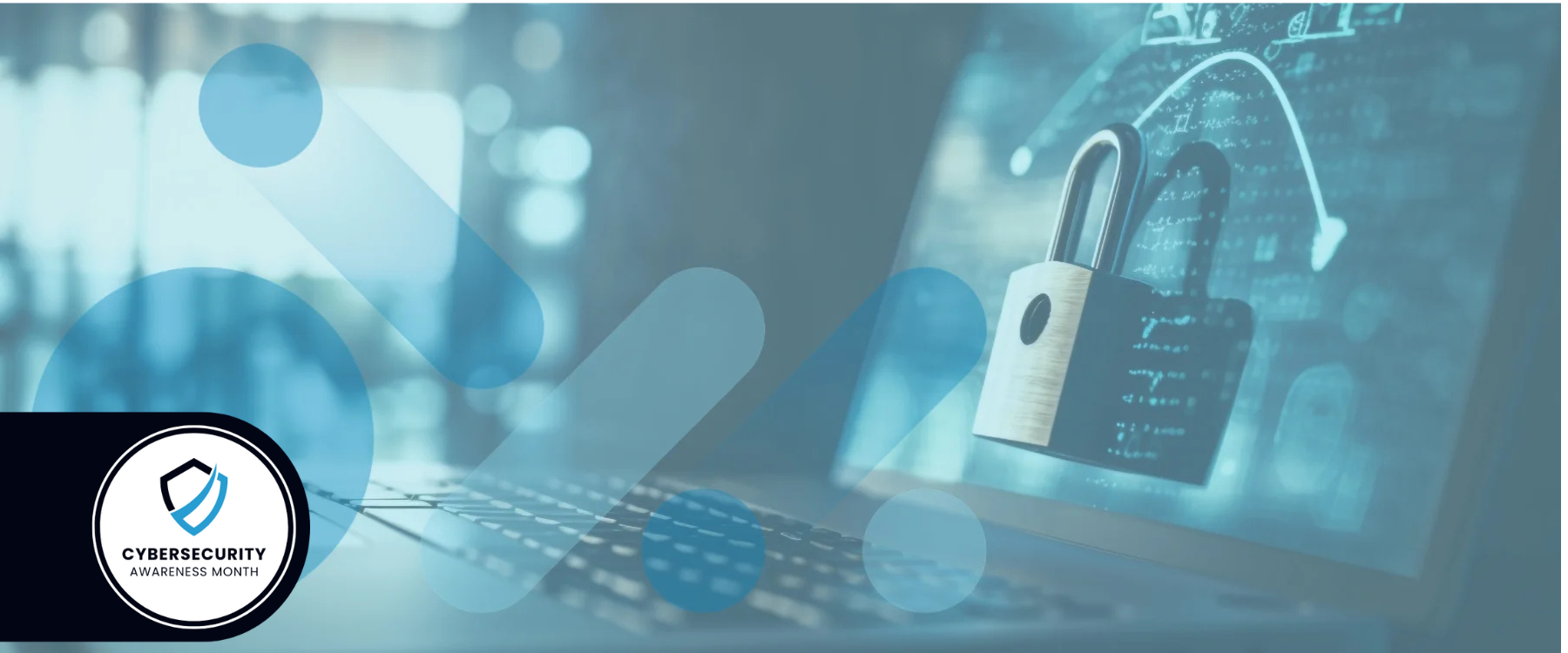A staggering 91% of all cyberattacks begin with a phishing email, while. 94% of malware is delivered via email attachments. This means that almost every breach at SMBs starts with an email — a malicious link, a rogue attachment, or a deceptive request. Is your team a security asset or a liability? Internal processes outlining how to detect, report, and mitigate security attacks could make the difference.
What are the Most Common Email Attacks and How They Work
Phishing Attacks
Phishing attacks are emails sent to trick recipients into clicking malicious links, downloading malware, or entering login credentials into fake websites. The messages often impersonate trusted brands, such as your bank, delivery services, or streaming platforms you use frequently. The language also creates a sense of urgency — “Your account will be suspended unless you act now”, “Update your bank details to prevent limited access to your funds”, and similar messages are commonplace
Phishing is the most common email attack. Studies show 3.4 billion phishing emails are sent daily worldwide.
Spear-Phishing
Spear phishing is a more targeted and organized form of phishing aimed at a specific individual, department, or organization. Attackers usually research their targets—using LinkedIn, social media, or leaked data—and craft emails that appear highly personalized. An email from HR with a fake performance review form is one of many examples of spear-phishing, which has a higher success rate than mass phishing because it looks legitimate and relevant to the recipient.
Business Email Compromise or CEO Fraud
Another type of sophisticated email scam occurs when attackers impersonate company executives or vendors to trick employees into sending money or sharing sensitive data.Criminals may spoof an executive’s email address or compromise their real account. A finance employee might get an urgent message like: “Wire $250,000 to this account immediately – confidential project” or “Change the bank account for this customer”.
This type of attack is less about malware and more about manipulation. In 2023 alone, businesses lost over $2.7 billion to BEC scams, according to the FBI.
Malicious Attachments
Almost every company struggles with attachments that contain malware hidden beyond fake invoices, resumes, or reports. When a user opens a Word or Excel file, it enables macros that can install ransomware, spyware, or keyloggers on the system.
Around 94% of malware is delivered by email attachments. Once inside, attackers can steal data or encrypt entire networks for ransom.
Credential Harvesting
In credential harvesting, fake login forms are delivered via email links that capture usernames and passwords. An email claims to be from Microsoft 365, Dropbox, or Google Drive with a message like “Your session expired, log in again.” Victims land on a cloned login page controlled by attackers. Stolen credentials fuel account takeovers, identity theft, and broader corporate breaches.
Email Spoofing and Domain Impersonation
Spoofed emails, where the “From” address looks like it came from a legitimate source, are a common entry point for phishing, BEC, and malware delivery. Hackers use lookalike domains (e.g., “paypa1.com” instead of “paypal.com”) or technical spoofing to bypass trust filters.
Ransomware via Email
One of the scariest attacks for users is a type of malware that encrypts your files and demands payment (usually in cryptocurrency) to unlock them. Attackers deliver ransomware through phishing emails or malicious attachments. Once opened, the ransomware spreads across the system, encrypting files and sometimes entire networks. Victims then receive a ransom note — often delivered by email — demanding payment for a decryption key. Ransomware has become one of the costliest email-based threats. According to reports, the average ransomware payment in 2023 exceeded $100,000, with global damages projected in the billions. Beyond the financial loss and downtime, reputational damage can devastate businesses.
5 Common but Harmful Employee Reactions to Email Attacks
“I’ll just click the link to see what it is.”
- Why it is a bad idea: Clicking can trigger credential harvesting, malware/ransomware installs, or session hijacking.
- Correct action: Don’t interact. Hover to inspect the URL, and if in doubt, report it to security or IT through the official channel. Verify the sender by a separate trusted method.
Ignoring or hiding the fact that they fell for something because they’re embarrassed
- Why it is a bad idea: Delaying or suppressing the report gives attackers time to escalate, move laterally, or exfiltrate data.
- Correct action: Report immediately. A good security culture treats reporting as the right action, not something to be punished—early detection often limits damage.
Responding to what appears to be an executive/vendor request without out-of-band verification
- Why it is a bad idea: Attackers spoof or compromise emails to fabricate urgency (“wire funds now,” “send confidential data”). Acting on such a request without independent confirmation is a primary cause of large fraud losses.
- Correct action: Always verify high-risk requests via a different channel—call the executive, check with finance policy, or use a pre-established code phrase for urgent approvals.
Sharing passwords, MFA codes, or sensitive info over email or chat to “help” someone or because it seems easier
- Why it is a bad idea: Credentials in transit are easily intercepted or misused; many compromises stem from harvested shared secrets.
- Correct action: Use secure, approved tools for collaboration. Never share authentication credentials; if someone claims they need access, escalate to IT to grant it properly.
Forwarding a suspicious email to everyone or posting it in public channels instead of using the proper reporting mechanism
- Why it is a bad idea: That can spread panic, accidentally expose internal data, or cause others to interact with it (e.g., someone else clicks). It also bypasses centralized detection/analysis.
- Correct action: Use the organization’s phishing-report button or submit it to security for analysis, blocking, and integration into prevention systems. Educate peers through official awareness communications if needed.
The State of Email Security in an AI-Powered World
98% of security stakeholders are at least somewhat concerned about the cybersecurity risks posed by ChatGPT, Google Bard, WormGPT, and similar tools. 80% of security stakeholders have confirmed that their organizations have already received AI-generated email attacks or strongly suspect that this is the case.
On the flip side, AI powers advanced defences against evolving email threats by detecting anomalies in email content, sender behaviour, and metadata that may indicate phishing or malware. It learns from vast datasets to recognize new attack patterns faster than humans or traditional software. AI also automates threat response by quarantining suspicious emails and alerting users instantly. Additionally, it enhances user training through personalized simulations that help people recognize AI-generated phishing attempts more effectively.
What Is Security Awareness Training and Why Should You Do It?
At CloudScale365, we believe the strongest defense against cyber threats is your team. Security Awareness Training is a program designed to educate employees on recognizing and responding to cyber risks, especially email-based threats like phishing, ransomware, and business email compromise.
Instead of relying only on technology, your workforce goes through:
- Interactive training modules to spot suspicious emails and social engineering tactics.
- Phishing simulations that test real-world reactions in a safe environment.
- Clear policies and best practices for handling sensitive data, passwords, and incident reporting.
By making cybersecurity second nature, CloudScale365 helps transform your employees from the weakest link into your first line of defense.
 Broadwing Capital Acquires CloudScale365...
Broadwing Capital Acquires CloudScale365... 


